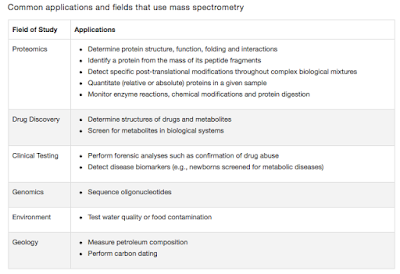COVID19: Why breaking the chain has been so difficult
The latest of the pandemic (COVID19) seems to have elicited an extraordinary infodemic response. There are all sorts of stuff written all over the digital media that it is almost impossible to keep up. Each day thousands of new cases are reported on a global scale, with current numbers being more than 9 million. Though the actual case fatality ratio is low, the total number of deaths as per official records has crossed 4.5 lakhs. That is a serious issue to be considered. Also, on average, 40000 fresh cases are recorded every day. Figure 1, shows you the current scenario of COVID19 in countries where high numbers of diagnosis are recorded.
 |
| Figure 1: COVID 19- Number of cases and deaths. Based on data available as on 22nd June 2020. Source |
So the question stands, "Why have we terribly failed to contain SARS CoV 2?"
Based on serological surveys and molecular testing results available at this time indicates that a large number of cases are totally asymptomatic. Interestingly, there is some evidence to assume that the asymptomatic cases are most likely to be the source of spread. They have a higher viral load, longer shedding time but no symptoms (Link). Though the exact numbers vary between studies and opinions, it appears that approximately 20% of the population is asymptomatic. So that is the first challenge. We need to find all the asymptomatic cases which are spreading.
Second, is even more interesting. The virus once established, leads to symptoms by the 5th or 6th day (Varies from 2- 14 days). But, the person is infectious (able to spread), approximately 48 hrs before he has had any symptoms (in most people). So even in the symptomatic cases, by the time a diagnosis is made they have most likely transmitted to a few persons. By the time a potential primary contact is traced, they are most likely to have established the infection. The window period is extremely small. Assuming the average incubation time to appearance of symptoms is 5 days, and thus infectious period begins on 3rd day (See Figure 2), by the time the laboratory diagnosis is made, the primary contact has already began its infectious period. This presymptomatic infectious period is extremely hard to identify. Thus, the window period available to identify the primary contact and isolate them such that they don't transmit (and thereby break the transmission chain) is extremely small. It is probably not more than 24 hrs which is available to the public health authority.
 |
| Figure 2: Timeline of events indicating the rapidity of the spread of SARS CoV 2 and the window period available to identify that the primary contact can start spreading. |
Now combine the above two and you begin to see why COVID19 spread so fast and controlling it was really demanding. Asymptomatics are spreading which we don't know unless tested and the primary contact of the symptomatic case has to be identified and isolated at an extraordinary speed. This is exactly the reason why mass-scale testing, identification and subsequent isolation is extremely useful.





Comments
Post a Comment